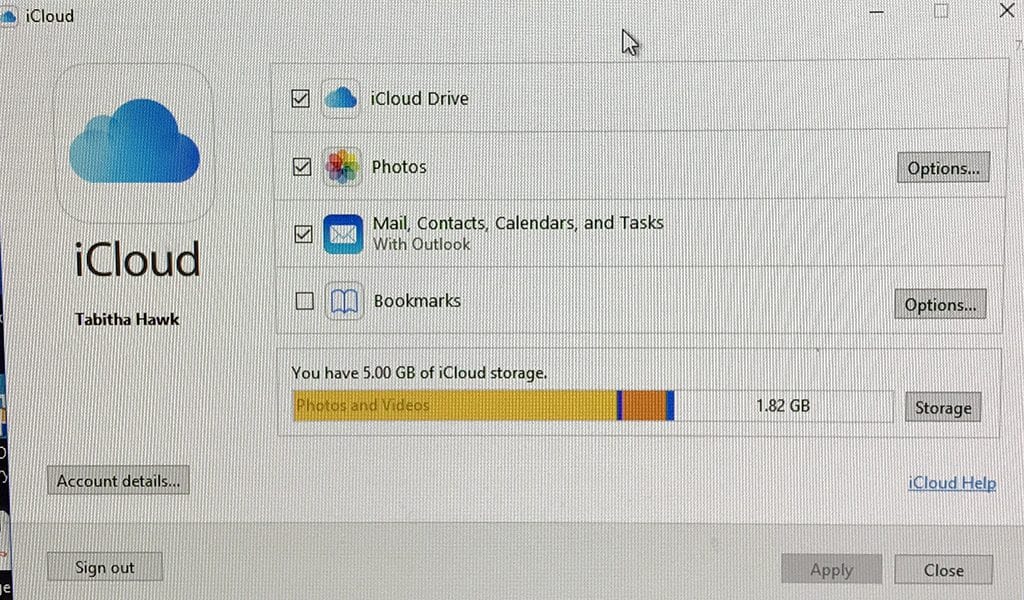
Outlook soft resiliency add-in notificationsįor some scenarios (or events), Outlook doesn't disable the unhealthy add-in automatically, but takes a more softened approach where it shows the following notification and provides an option to disable in case you want to disable it yourself. If the unhealthy COM add-in is in Always Enabled List, it allows you to choose from one of the following optionsĭo not monitor the add-in for the next 7 daysĭo not monitor this add-in for the next 30 days

In the case where the unhealthy COM add-in is automatically disabled by Outlook or disabled by you, the dialog box will give you an option to check 'Always enable this add-in'.Ģ. You can also reach the dialog when you click on View Disabled Add-ins or View More Details from the notification that pops up.ġ. It will show the average delay time next to each unhealthy add-in. Or, if the add-in is Always Enabled by the user, then Outlook displays the reason why it marked the add-in as unhealthy in the warning notification and seeks permission from you to disable it when you select View More Detailsįixing Outlook unhealthy add-in notificationsĪll the unhealthy COM add-ins are listed under the dialog File -> Slow and Disabled COM Add-ins.

When this happens, Outlook displays a warning in the notification bar When such issues arise, Outlook will perform one of two actions:ĭisable the add-in automatically. These problems could be due to latency of events such as switching between Outlook folders, arrival of new emails, opening Calendar items, etc. Since add-ins are separate programs, occasionally an Outlook COM add-in can encounter problems that slows down the rest of Outlook.

HOW TO REINSTALL ICLOUD OUTLOOK ADD IN PASSWORD
For example, if you use a password management service or an online meeting service, including Skype, you may have an Outlook add-in assisting you. Outlook add-ins and COM add-ins are programs that run within Outlook and perform actions that Outlook doesn't provide.


 0 kommentar(er)
0 kommentar(er)
